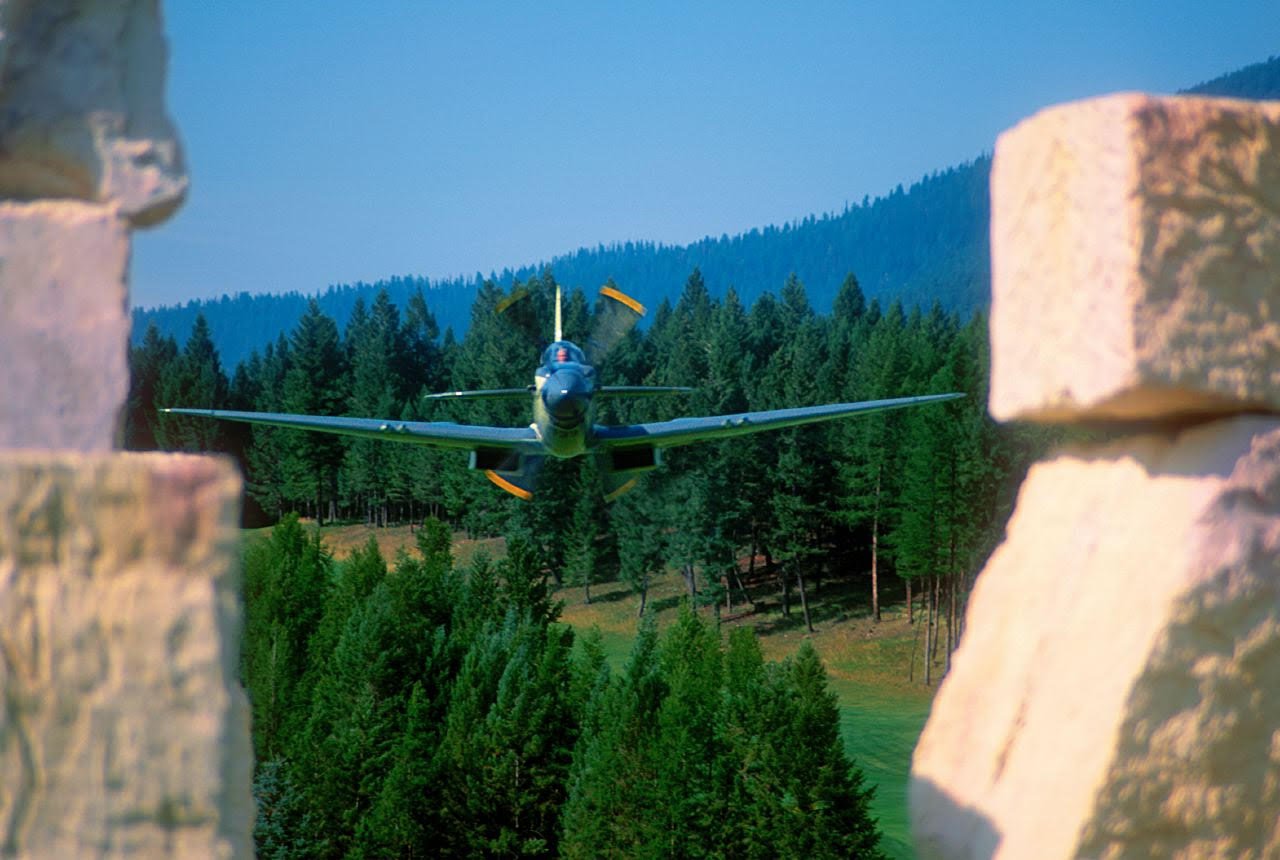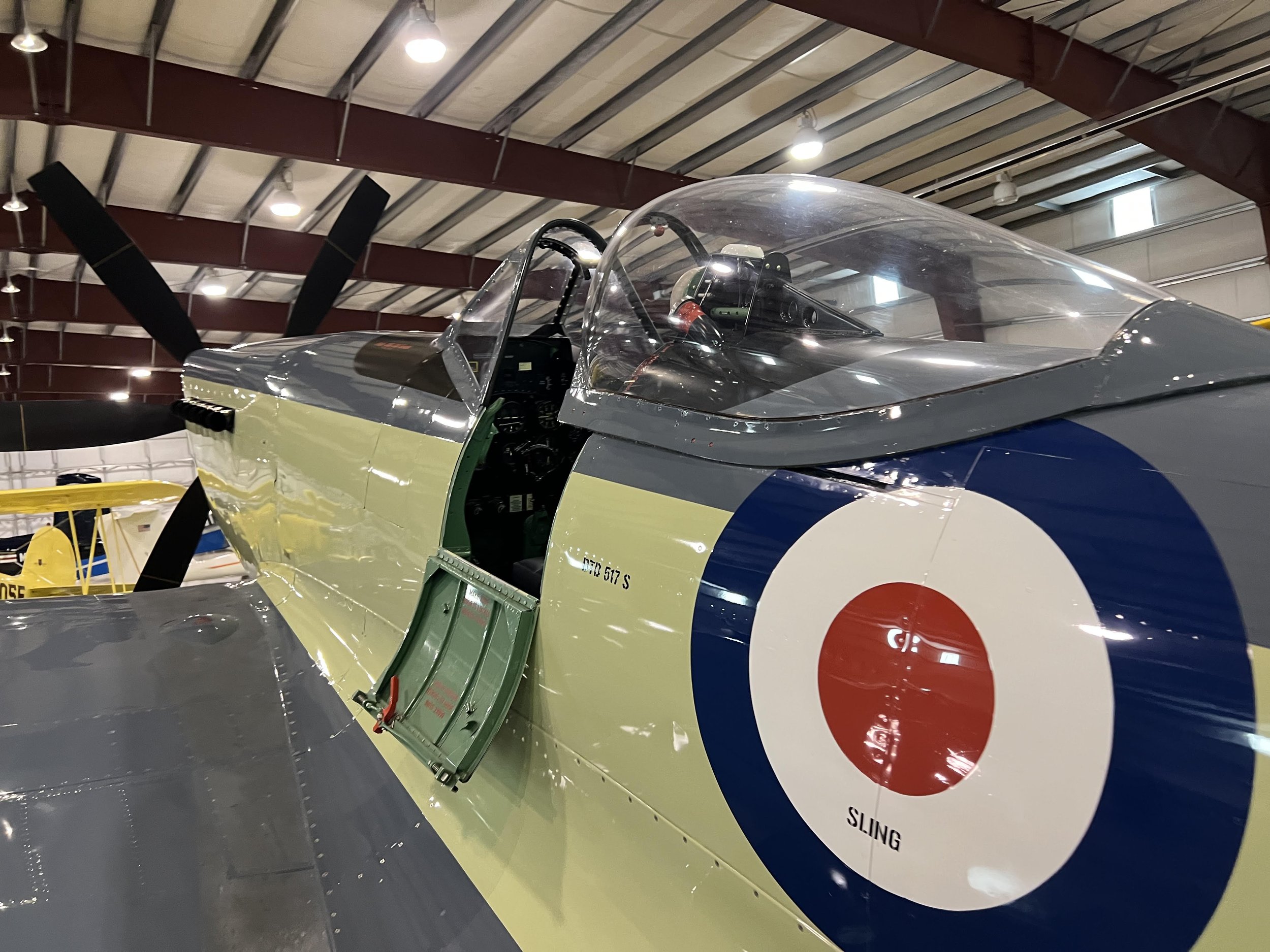1947 Vickers/ Supermarine FR Mk 47 “Seafire”
Sometimes referred to as a “Salt Water Spitfire,” the “Seafire” name is derived from the Royal Navy’s shortening of the term “Sea-Spitfire”. The Mk 47 became the final mark of the Seafire line and was brought about by the development of its cousin, the land-based Spitfire Mk 24. Of course, in time, the fighter variant naturally produced the requisite Seafire FR Mk 47 photo reconnaissance version. The Mk 47 was considered the best of the Seafire line and broadened its tactical appeal by holding provision for bombs or air-to-surface rockets for the strike role in addition to four 20mm cannons in the wings. Two fuel tanks could be carried under-wing and one fuel tank under the fuselage centerline. Despite all these additions, the Mk 47 still made for a rather speedy mount, able to manage 450+ mph in level flight. Power was provided by the Rolls-Royce Griffon 87 and later Griffon 88 series V-12 fuel-injected engine of 2239 c.i.d. of over 2,400 hp (36% greater than the already legendary Merlin). Contra-rotating propellers were required on the Mk 47 to harness the enormous torque which, under acceleration, would swing the aircraft to starboard in previous Griffon powered variants. In total, 89 Mk 47 aircraft were produced although most were of the photo-reconnaissance type. Service entry was in January of 1948 with production ceasing in early 1949.
The aircraft on display was manufactured by Vickers-Armstrong Supermarine in 1947 and is the only airworthy example of a Mk. 47 Seafire remaining in the world.
Designated VP441and fitted with a camera bay aft of the cockpit to house two F24 cameras, one oblique and one vertical, this aircraft served in the Royal Navy Fleet Air Arm from 1947 until 1954, including a tour of duty aboard the aircraft carrier HMS Ocean. Afterward, she endured decades of outdoor storage, neglect, fire, vandalism and narrow escapes from the smelter before good fortune brought her across the Atlantic Ocean and into the possession of Ezell Aviation in Breckenridge, Texas.
Jim Smith acquired the aircraft in 1997 and sanctioned Ezell to perform the meticulous restoration which resulted in the beautiful aircraft you see today. The paint scheme employed is identical to the one used on this aircraft during her deployment as part of the 14th Carrier Air Group aboard HMS Ocean. The original Griffon Mk 88 engine was not available for the restoration so a similar Griffon Mk 58 was substituted. The original contra-rotating propellers were likewise not available so propellers from an Avro Shackleton were substituted although the propeller blades were necessarily shortened to 10ft. In 2004, after Ezell’s seven year-long ground-up restoration, this aircraft returned to the sky for the first time in over 50 years.







